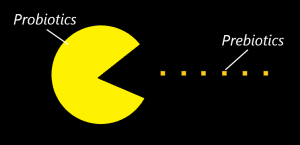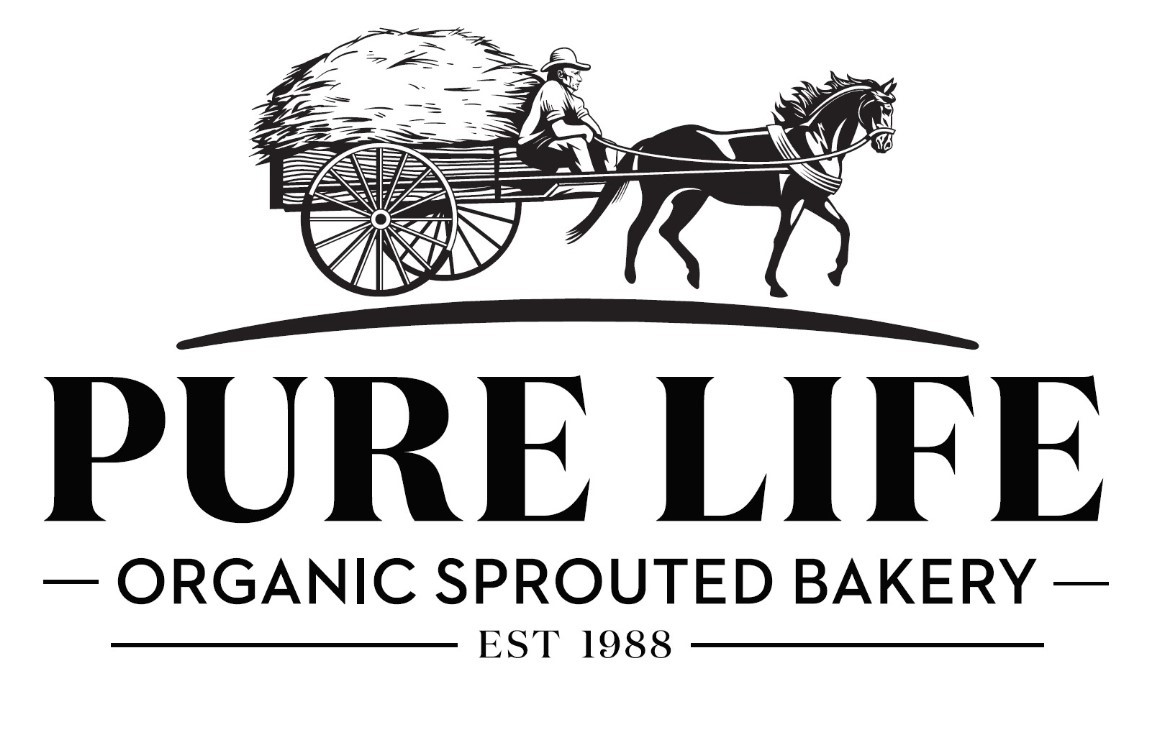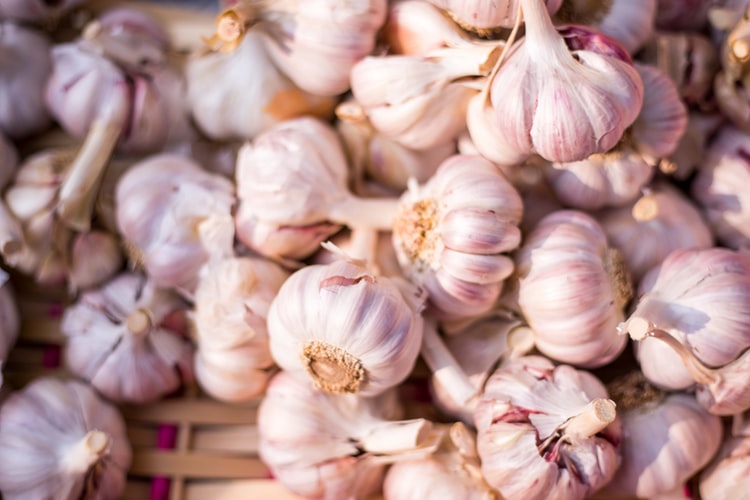Good health starts in the gut, which is a long intricate system made up of many different organs, each of which plays an integral role in digestion, called the gastrointestinal tract (GIT). The GIT begins at the mouth and ends at the colon. It is home to our gut microbiota, which contains trillions of microorganisms that include over 1000 different species of known bacteria with more than 3 million genes, two-thirds of which, are unique to the individual.
Our gut microbiome is influenced by various factors including environment, stress, immune response, drug therapy, intestinal PH, and of course food habits. The food we eat (or don’t eat) directly correlate with our gut microbiome, which is essential for metabolism, nutrition, and immune function.
There is a continually growing body of evidence linking the gut and brain function/mental health, appropriately know as the gut- brain axis. Therefore a healthy gut positively influences our mental function and lowers stress-related disorders like anxiety and depression due to positively affecting natural serotonin levels.
There is a lot of hype in the health world surrounding the importance of the consumption of probiotics. Probiotics are live microorganisms in our GIT that repopulate and restore the bacteria and create a healthy environment that has an overall positive impact on our health.
Just like us, to remain active and healthy, probiotics need to be fed. Enter prebiotics. Prebiotics are undigestable plant fibers, which probiotics thrive on, so the more prebiotics rich foods we consume, the more nutrients the probiotics have to create a thriving microbiome.

Functions of prebiotics:
– Increase desirable microbiota in colon
– Decrease cancer risk
– improve glycemic control
– increase mineral absorption
– increase folate and B vitamins
– increase faeces
– reduce caloric value
– prevent diseases
– increase immune response
– helps promotes a healthy digestive system
To ensure you are getting enough prebiotics make sure you are eating lots of prebiotic rich foods. These include:
– chicory root
– dandilien greens
– raw garlic
– blueberries
– raw leeks
– raw and cooked onion
– asparagus
– wheat bran
– seaweed
– whole / sprouted grains, oats, amaranth, quinoa, millet & buckwheat
– bananas
– oats
– apples
– flaxseeds
References
https://www.ncbi.nlm.nih.gov/pmc/articles/PMC3539293/
https://www.prebiotin.com/foods-containing-prebiotics/
http://www.submerryn.com/2012/05/expecting-mums-are-you-absorbing-enough-nutrients.html
https://www.gutmicrobiotaforhealth.com/en/about-gut-microbiota-info/
http://www.scielo.br/scielo.php?pid=S0101-20612015000100003&script=sci_arttext&tlng=pt
https://www.healthline.com/nutrition/19-best-prebiotic-foods#section1
https://www.culturedfoodlife.com/prebiotics-as-important-as-probiotics/
https://www.marksdailyapple.com/prebiotics/

